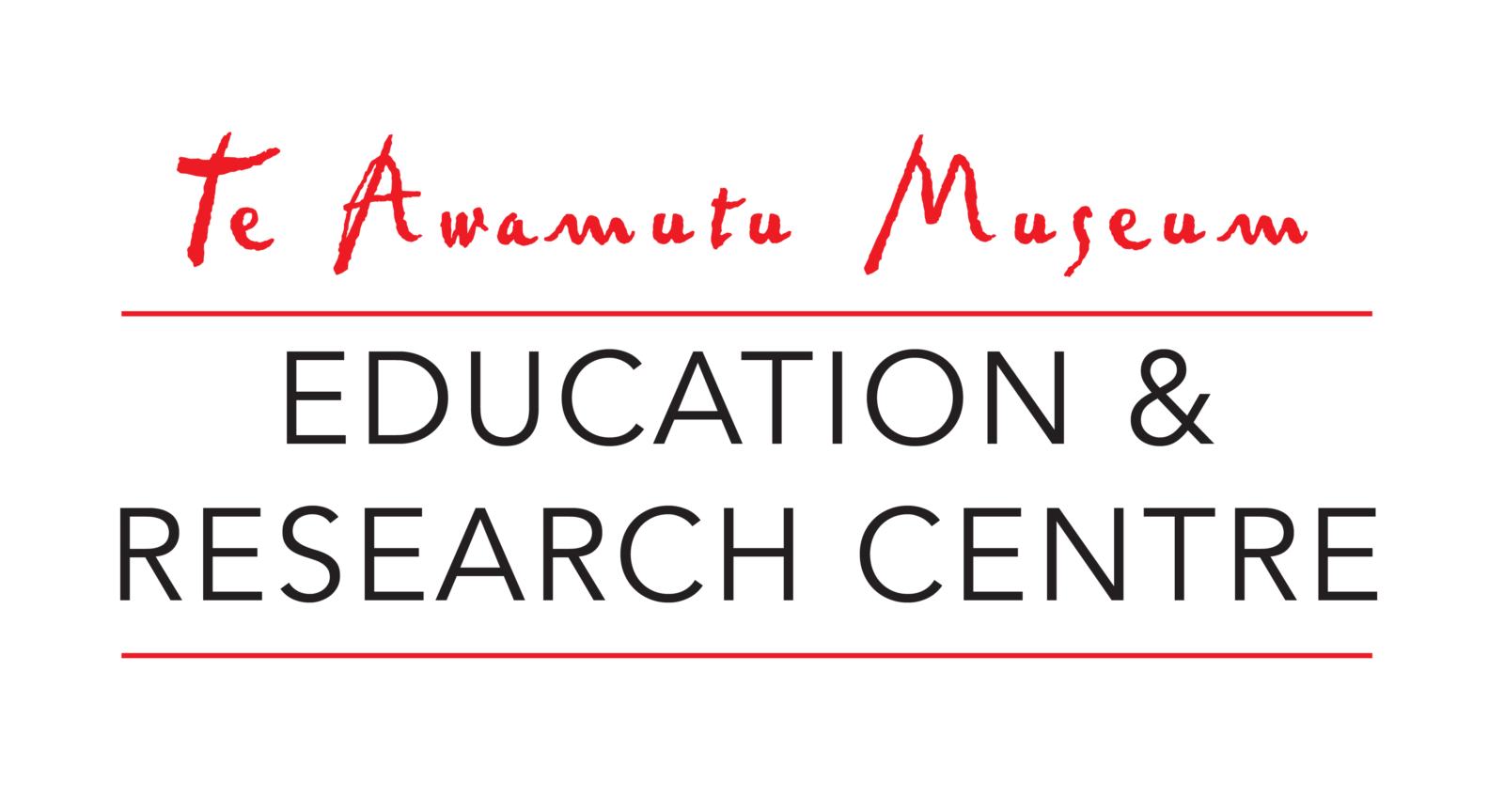This exhibition encompasses treasured moments in Waipa history. Discover distinctive landscapes. Connect with the people who shaped this land. Experience the region’s uniqueness.
Tangata Whenua – Begin your journey through landscapes filled with rich stories of the Tainui people. Central to this gallery is Uenuku, the sacred Tainui carving.
Pioneering Times – Move forward to a time where the environment is transformed by shared cultures and lifestyles.
Developed Landscapes – Experience the struggles, challenges and successes in developing our modern communities.
